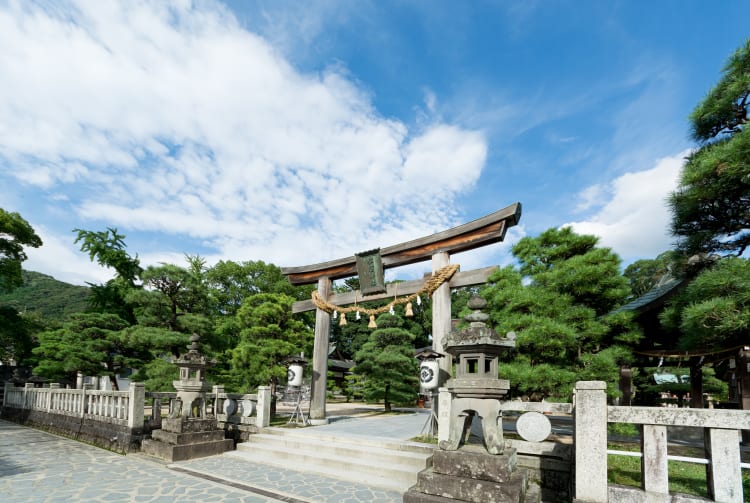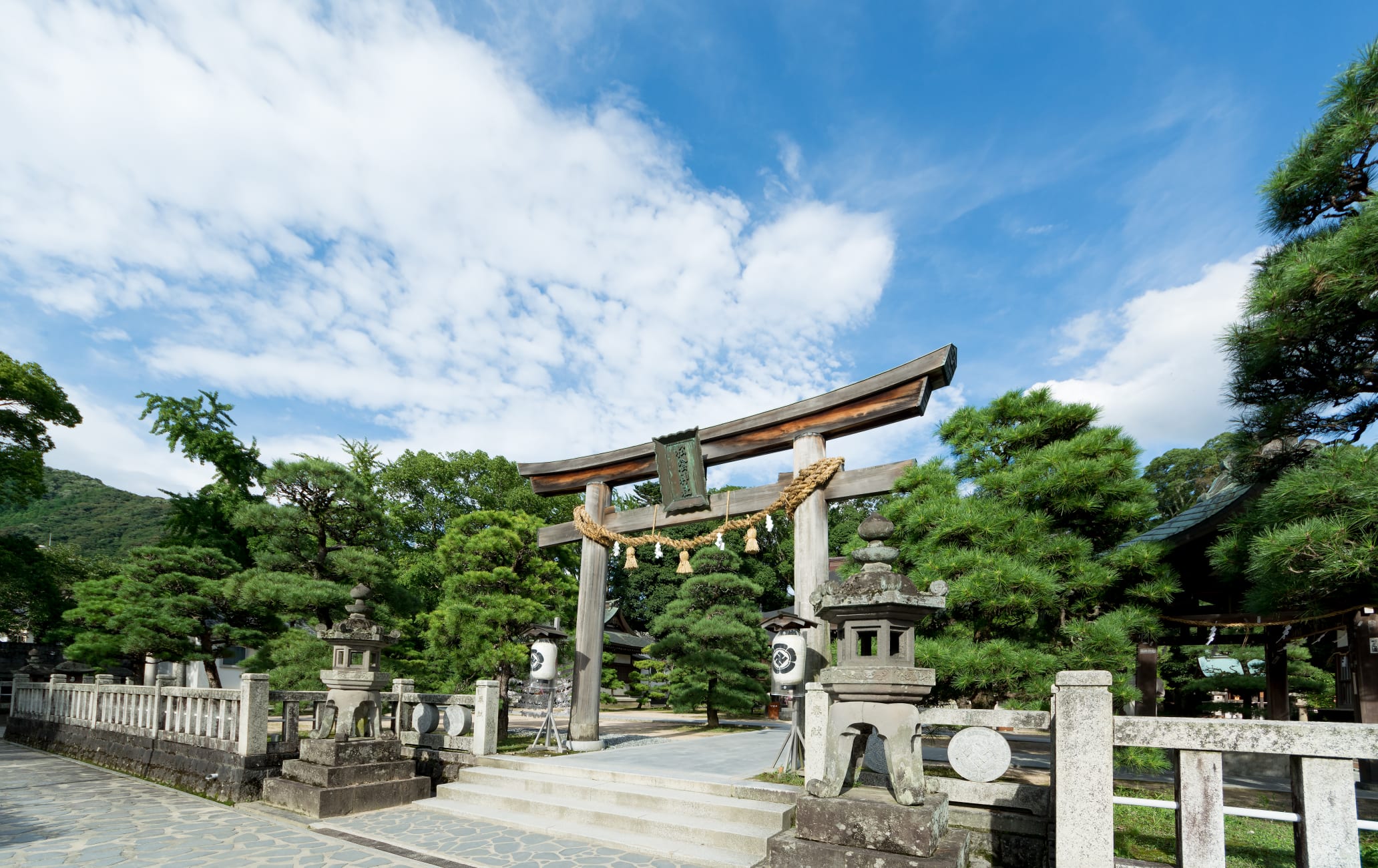The shrine where one of the main shapers of Meiji Japan is deified
Visit this beautiful shrine and learn about the history of the man deified here. Yoshida Shoin (1830–1859), a visionary samurai, taught at Shokasonjuku Academy located next to Shoin Shrine.
His curiosity about the world outside Japan influenced the course of Japanese history, and he taught many young samurai who would go on to shape Japan during the Meiji era (1868–1912).
Quick Facts
Shokasonjuku Academy is a UNESCO World Heritage site
The Ito Hirobumi Residence is just around the corner
Combine your trip with a visit to nearby Tokoji Temple
How to Get There
Take the train or bus to Hagi , then walk, cycle, or taxi.
From Shin-Yamaguchi Station, take the nonstop Super Hagi-go bus for an hour to Higashi Hagi Station. Shoin Shrine is a 20-minute walk from there. Alternatively, rent a bicycle from near the station and cycle to the shrine (10 minutes), or take a taxi (five minutes).

Lots to see and do at Shoin Shrine
Shoin Shrine is the most popular shrine in Hagi . The English-speaking volunteer guides on hand will happily guide you around the site for free. After visiting the shrine, take time to look at the fortunes tied to the hedges outside, printed on tiny, colorful umbrellas.

The entrance to Shoin Shrine
Do not forget to try Shoin dango, rice balls on sticks with a sticky, sweet sauce, sold only at Shoin Shrine.

Shokasonjuku Academy
Who was Yoshida Shoin?
Shoin Shrine is named after Yoshida Shoin. One of the symbols of Hagi, he was executed by the shogunate for his revolutionary views in 1859, but he left a legacy. This scholar-samurai is remembered for teaching the young samurai who would go on to modernize Japan at nearby Shokasonjuku Academy.



One of his students became Japan's first prime minister
One of Yoshida Shoin's students was the first prime minister of Japan, Ito Hirobumi. Also from Hagi , you can visit his thatched childhood home, Ito Hirobumi Residence, and gorgeous ministerial residence, Ito Hirobumi Villa, both located around the corner from Shoin Shrine. Ask a volunteer guide for directions, or pick up a pamphlet from the tourist information center at Higashi Hagi Station.


























































